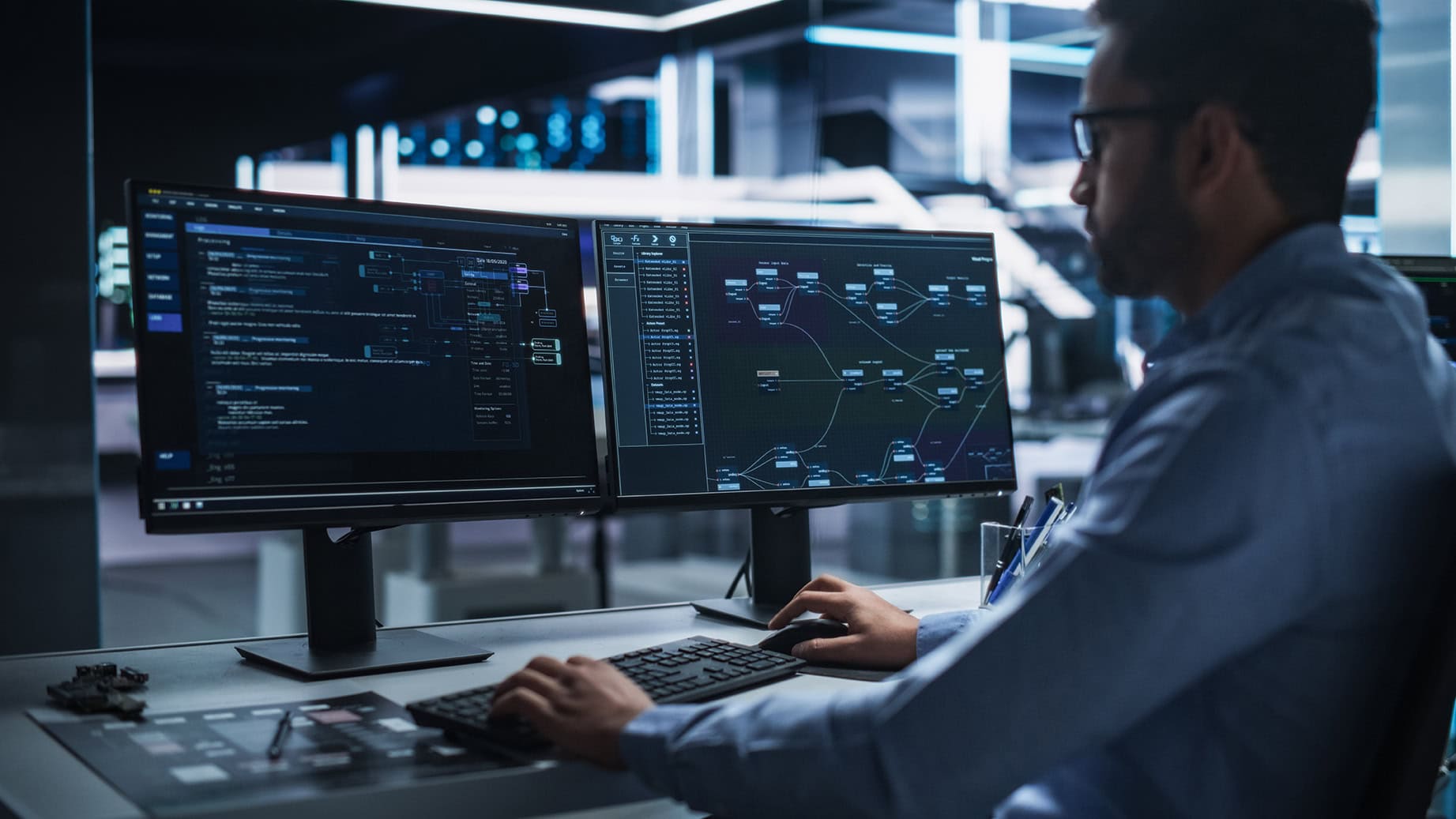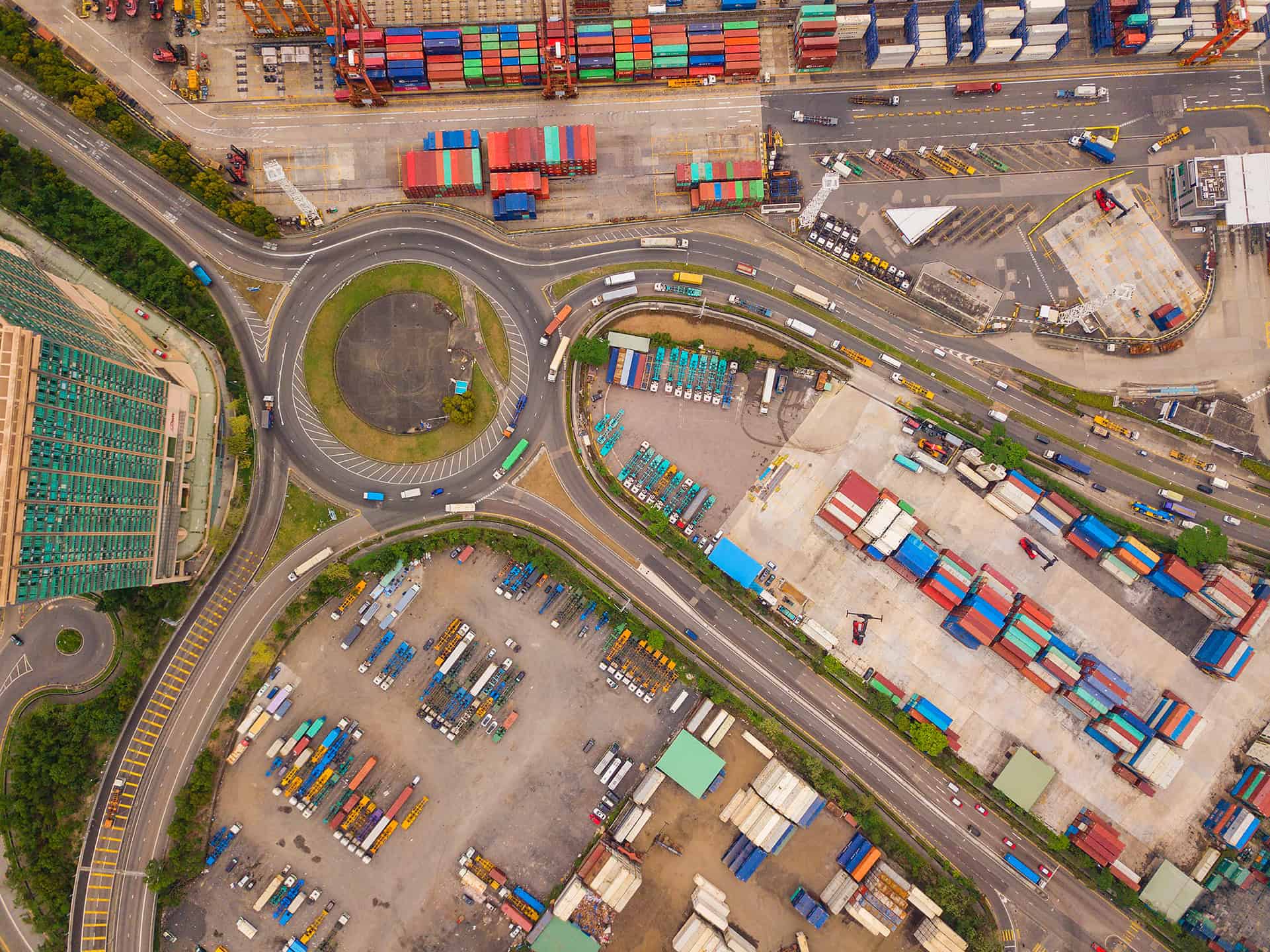Raven Logistics Inc.
Featured
Employee Spotlight: Pablo Ampuero
Connected Supply Chain Planning Will Reshape the Future of Your Business
Latest
Employee Spotlight: Pablo Ampuero
E2open is powered by a strong global network of problem solvers and innovators driven by strong values and our company culture. Together, we are focused on doing what’s right in business and in our communities. Every month, we will shine a spotlight on an exceptional team member who is helping us transform the supply chain industry. This month, we held a Q&A with Aries Lam, Director, Product Development at e2open..
Control Tower Technology: The Command Center Your Supply Chain Needs in 2025
According to the latest research from NC State’s ERM Initiative, third-party and supply chain risks have vaulted into the top tier of executive concerns for 2025. Why? Because the threats are coming faster, hitting harder, and originating from outside your four walls. Your suppliers, technology partners, and even the cloud platforms you rely on can become the source of your next crisis. Disruptions are now structural, not episodic. A single weak link in your global network can send shockwaves through your entire operation—impacting everything from production schedules to brand reputation. The old playbook of reacting to the occasional “black swan” event just doesn’t cut it anymore. Control tower technology has emerged as the answer. But what exactly makes a supply chain control tower effective, and how can you choose the right solution for your organization?
China’s New and Expanding Extraterritorial Regulations Significantly Impact Global Supply Chains
China is rapidly expanding its legal reach to project regulatory power far beyond its borders. This is a response to internal political and economic pressures, and external challenges such as foreign tariffs and sanctions targeting China. China is determined to use the law to defend national interests – economic, political, and military. The result is an emerging extraterritorial regulatory regime that assets jurisdiction over foreign entities and activities outside of China, especially where China’s perceived national security or economic development interests are at stake.
E2open Subscription Center
Interested in Learning More? Stay current with the latest e2open news – from company updates to thought-leadership pieces, and so much more!
Complete this form to subscribe to e2open updates.
Are you ready to boost your supply chain capabilities? Let's get started.




